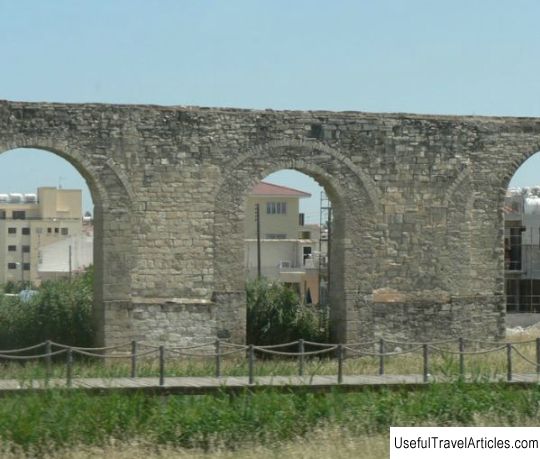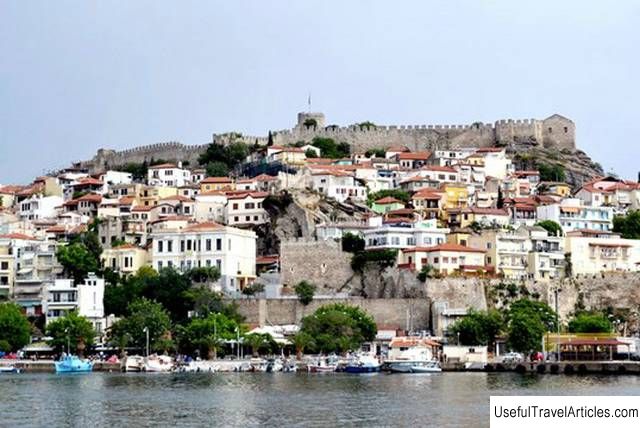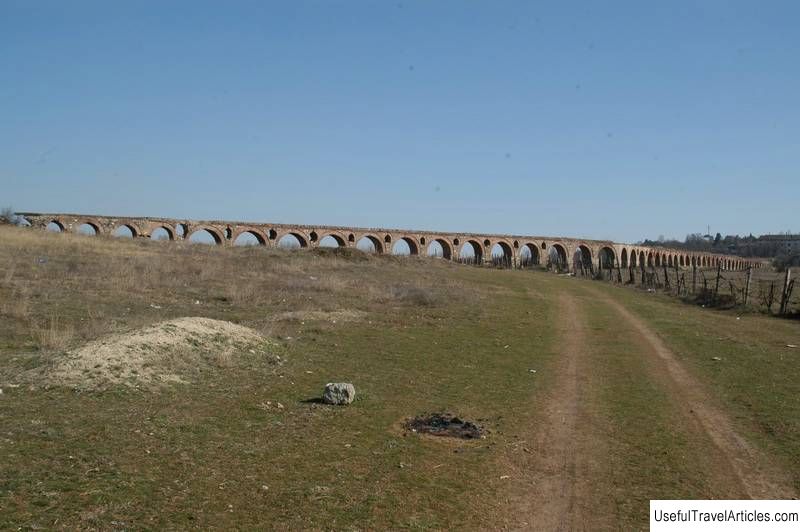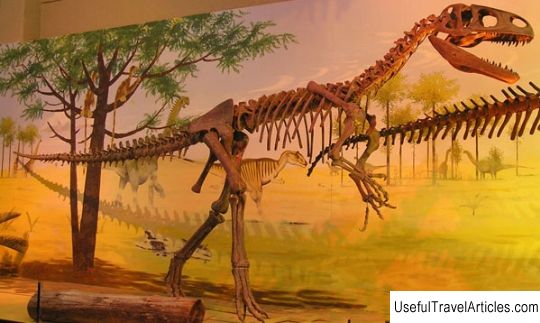Kavala aqueduct description and photos - Greece: Kavala
Rating: 7,6/10 (101 votes) 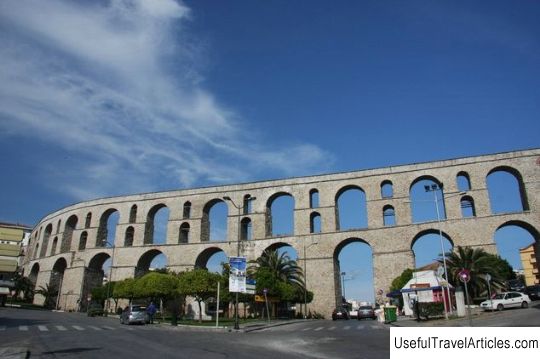
Kavala aqueduct description and photos - Greece: Kavala. Detailed information about the attraction. Description, photographs and a map showing the nearest significant objects. The name in English is Kavala aqueduct. Photo and descriptionOne of the most famous landmarks of the city of Kavala is the Aqueduct, which the locals call Kamares (translated from Greek as “arches”). The magnificent old building connects the old and new parts of the city. The aqueduct is a three-level arched structure (city level, water level and bird level) 280 m long and 25 m high. About 60 arches of four different sizes have survived to this day. The aqueduct is located in the eastern part of the city center on Nicosar Square and in close proximity to the Panagia (old town) area, the old market and the old city docks. Thanks to the aqueduct, the city was constantly provided with drinking water, which flowed down from the sources of Mount Pangei. Although that the aqueduct itself is of "Roman origin", the structure that we see today dates back to the 16th century. The aqueduct was built by order of Suleiman the Magnificent on the site of the old ruins of the Byzantine walls of the early 14th century. These ancient walls were built during the reign of Andronicus II Palaeologus as a city fortification against the Catalans. There was also a hidden water pipe in the wall, supplying the city with water from a spring. At the beginning of the 15th century, the city was attacked and the water supply system was destroyed. This is one of the few examples of Byzantine aqueducts, as the Byzantines themselves mainly used wells and special tanks for storing water. During the reign of the Ottoman Empire, the remains of the Byzantine buildings were replaced with a real arched aqueduct (1530-1536). The Kamares Aqueduct was used to provide the city with water until the beginning of the 20th century. In 1997, restoration work was carried out on this monumental structure. Today the ancient building is the hallmark of the city.       We also recommend reading The ancient city of Lilibeo (Lilibeo) description and photos - Italy: Marsala (Sicily) Topic: Kavala aqueduct description and photos - Greece: Kavala. |
